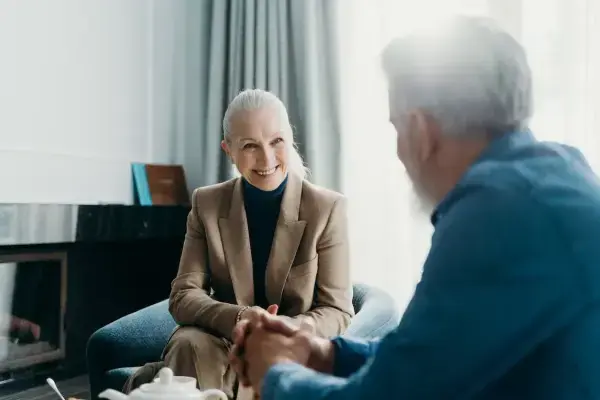
For Teachers & Professionals
Sexuality in Adolescents and Young Adult oncology patients - part 2: how to improve sexually related health communication
It has been demonstrated the importance of having sexual-related health discussions even with young cancer patients and that adolescents and young adults want to have these discussions. The American Academy of Pediatrics (AAP) states that paediatricians should provide sexual-related health-related information and services for male and female young patients, including discussion of sexuality, sexual health promotion, and risk reduction. There is a high degree of variability in adolescents and young adults' preference for how frequently these conversations should take place, with recommendations ranging from every few weeks to a few times a year to significant time points in treatment.
Recommendations to clinicians on how to improve sexual communication are further suggested.
1. Initiate the conversation
Clinicians should bring up the topic first so that it would be easier for patients to talk about it rather than having to bring it up themselves. Starting on their own can be embarrassing for a patient who doesn’t know if their concerns are valid and don’t want to feel judged.
2. Offer time alone
The presence of parents may be effectively addressed by clearly communicating that the structure of AYA visits includes time alone with the clinician. This is consistent with AAP recommendations that paediatricians should provide confidential time during health maintenance visits. This also creates a safe space to enhance therapeutic alliance and to help the AYA patient take ownership of his or her medical care.
3. Normalize
One example would be starting with general comments that underline how these type of problems are widely experienced and the questions are made for routine, like “Other patients your age often wonder about safe sex during treatment, what is this like for you?”. There should be no judgment from the clinician during the entire length of the interview.
4. Engage in an ongoing conversation
The majority of AYAs expressed a preference for direct, in-person conversations about sexual-related issues with their oncology clinicians. AYAs also acknowledged a clear preference for oncology clinicians to engage in these conversations as opposed to other health care providers. Clinicians are perceived as having more knowledge when it comes to cancer and cancer-related health problems.
5. Individualize
The conversations must be tailored to specific patient needs. Such as adjusting communication to address the stage in the treatment process or changes in treatment, lifestyle changes, and age. Personal information may be gathered from the patient’s history and present concerns. For example, knowing if the patient is single or in a couple, to understand what the possible impact on
the couple is and how the partner is supporting the patient. Another exmple is talking about puberty to younger patients.
6. Communicate directly
Sometimes the best way to get the attention of the patients is to just talk in a straightforward manner. The majority of adolescents and young patients express a preference for direct, in-person conversations about SRH issues with their oncology clinicians. Handouts and leaflets are useful but not enough alone.
REFERENCES
Frederick, NN, Revette, A, Michaud, A, Bober, SL. (2019). A qualitative study of sexual and reproductive health communication with adolescent and young adult oncology patients. Pediatr Blood Cancer. ; 66:e27673. https://doi.org/10.1002/pbc.27673
Share the knowledge!
More For Teachers & Professionals Q&A

Promoting healthy relationships in Young people

Epilepsy and Sexuality

Stroke and Sexuality

The Open Communication model of Brenner for patients with Parkinson’s disease

Early Pregnancy Loss and Emotional Counselling with a Patient-Centred Perspective

Voluntary Abortion and Professionalism
This is a website that WE are building together. If you have a question there is no answer to on this site, send it here!
